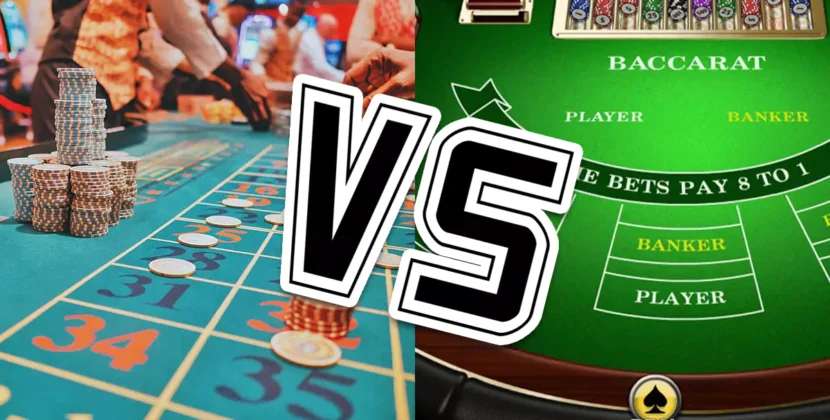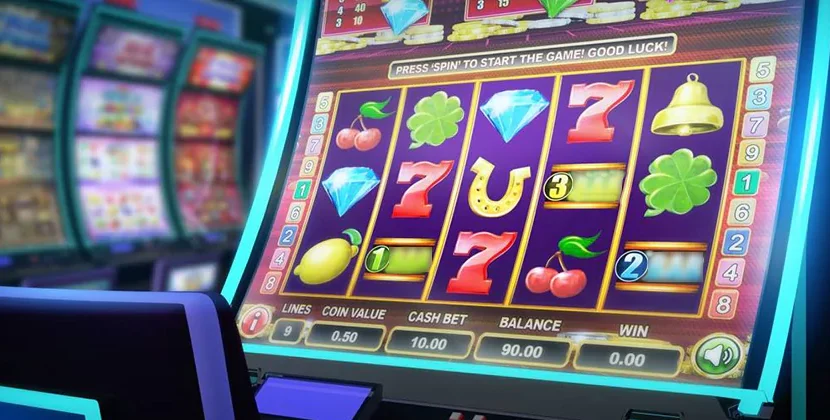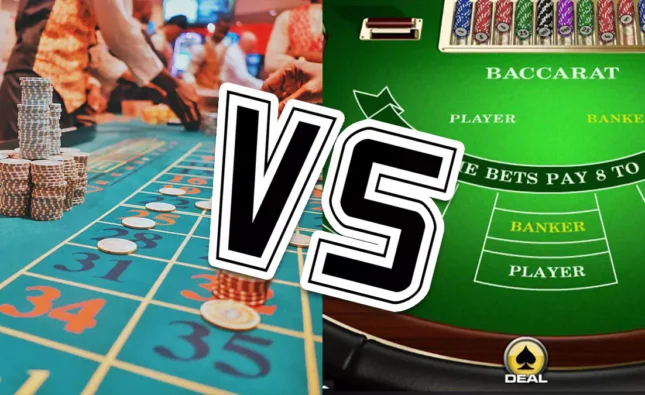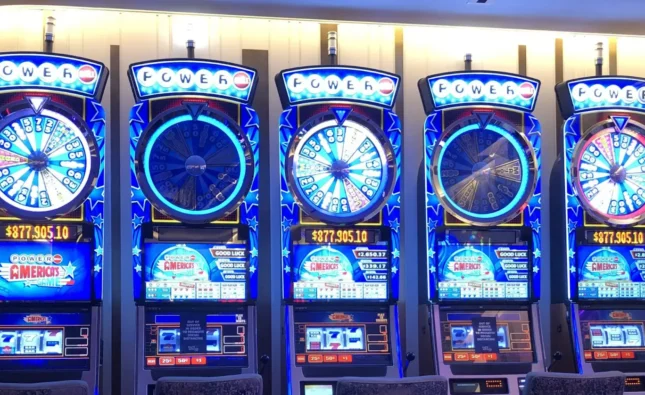
Share:
decaying geometrically over discrete time intervals, particularly relevant to casino games. Motivated by a request from a casino operator, the study develops statistical models to optimize game parameters, including initial jackpot size, winning probabilities, and prize amounts. The analysis reveals that the moments of the process converge asymptotically and that the limiting distribution deviates from a normal distribution. Closed-form expressions for the first moment are presented, alongside an assessment of the distribution’s approximation using an Edgeworth Expansion. A detailed discussion of the case study that motivated this research is included.
1. Introduction
In 2012, the UK was home to 144 casinos employing around 14,667 individuals, contributing to a global industry where approximately $100 billion was wagered【Gambling Commission, 2010】. The casino sector is projected to grow at around 9%, driven significantly by expansions in Asia【PriceWaterhouseCooper, 2010】. In key markets like the US, UK, China, and Australia, gambling is tightly regulated to ensure the integrity of games and compliance with minimum payout standards.
Understanding the risks associated with casino games is vital, particularly as game designs grow increasingly complex. As intuition may fail in navigating these complexities, stochastic models become essential for elucidating the relationships between game conditions and outcomes.
Various decision-support models—such as optimization, stochastic modeling, data mining, decision theory, and forecasting—are instrumental in enhancing casino operations. For instance, optimization techniques have been utilized to improve slot machine placements, while data mining supports effective revenue management【Bayus and Gupta, 1985】【Hendler and Hendler, 2004】. Additionally, prospect theory has been applied to understand player strategies, and statistical modeling has informed optimal betting strategies in games like blackjack【Barberis, 2012】【Werthamer, 2005】.
This paper aims to assist a casino chain in determining the operational parameters for a new game. The analysis encompasses two main aspects: modeling the stochastic behavior of the game and optimizing its profitability by adjusting key operational parameters,
taking into account player arrival rates linked to the jackpot.The game operates on a jackpot value, represented by FnF_nFn, where each round (or hand) contributes sequentially to this value. Players pay £1 to participate, with a portion allocated to the jackpot. The casino determines this portion, which is constrained between 0 and 0.3, while a random mechanism dictates winnings, which can range from no payout to a share or the entire jackpot. Importantly, the probabilities for each prize remain constant throughout gameplay.
By developing explicit expressions for the jackpot’s value, this study provides insights for the casino’s operations director to make informed decisions regarding initial jackpot size, contributions per hand, payout proportions, prize amounts, and associated probabilities. Our analysis uncovers counterintuitive game behaviors, underscoring the necessity for analytical evaluation.
While this initial study examines a specific game structure, its findings have broader implications that extend to various casino games, particularly progressive jackpots linked to traditional games like blackjack, where players can place additional bets based on the cards dealt【Nevada Gaming Commission and State Gaming Control Board, 2005】.
Structure of the Article
This article is organized into several sections. Section 2 presents closed-form solutions for the mean value of the fund and examines the asymptotic behavior of the first moment. Section 3 derives an Edgeworth expansion to approximate the distribution function of the jackpot. Section 4 discusses the motivating case study based on an analysis commissioned by a UK casino chain, focusing on optimizing initial game conditions for profit maximization. Finally, Section 5 summarizes the findings and outlines future research directions.
2. Deriving Moments
2.1 Outline
In this section, we derive an explicit expression for the first moment associated with progressive jackpot games. A recursive expression is established for deriving all moments (Lemma 1), leading to the formulation of an explicit first moment (Theorem 1). Corollary 1 demonstrates that this moment converges to a finite mean, with Corollary 2 confirming its monotonic convergence. Theorem 2 provides conditions under which all moments converge to a finite value, while Theorem 3 presents the Moment Generating Function for the series. Corollary 3 offers a general expression for all asymptotic moments, indicating that the jackpot’s limiting distribution deviates from normality. All proofs are included in the Appendix.
The analysis and derivations in this section focus on scenarios where the jackpot has not been won throughout the hands played.
2.2 Closed Form Solution of the First Moment
This investigation analyzes a progressive jackpot that awards two types of prizes. A fixed prize may be awarded with a specified probability, resulting in an arithmetic change in the series, denoted by XnX_nXn. Alternatively, a proportion γ\gammaγ of the jackpot can be awarded, leading to a geometric change in its value. The jackpot’s value after the nnn-th hand is recursively expressed, facilitating a conditioning argument to explore outcomes effectively.
3. Approximating the Distribution Function
To approximate the distribution function of the jackpot, we derive an Edgeworth expansion based on the moments obtained in Section 2. This technique allows us to refine the estimation of the jackpot’s distribution, particularly in instances where the standard normal approximation may fall short. The resulting approximation can provide valuable insights into the expected payouts and the probabilities of various outcomes.
4. Case Study Analysis
This section discusses a specific case study motivated by a UK casino chain’s analysis, focusing on the optimization of the initial game conditions to maximize profit over a defined time frame. By modeling the arrival rates of players as a function of the jackpot size, we can determine the optimal parameters that align with both regulatory requirements and player expectations. This practical application underscores the relevance of our theoretical findings in real-world casino operations.
5. Conclusion
In summary, this article highlights the importance of stochastic modeling in understanding and optimizing the operational parameters of progressive casino games. By providing explicit expressions for key moments and deriving approximations for the jackpot’s distribution, we equip casino operators with the tools needed to make informed decisions. The findings have broader implications for various casino games, emphasizing the necessity of analytical approaches in an increasingly complex gaming landscape.
Future research should focus on extending these models to encompass a wider range of game types and further explore the dynamics of player behavior in relation to changing jackpot conditions.


















